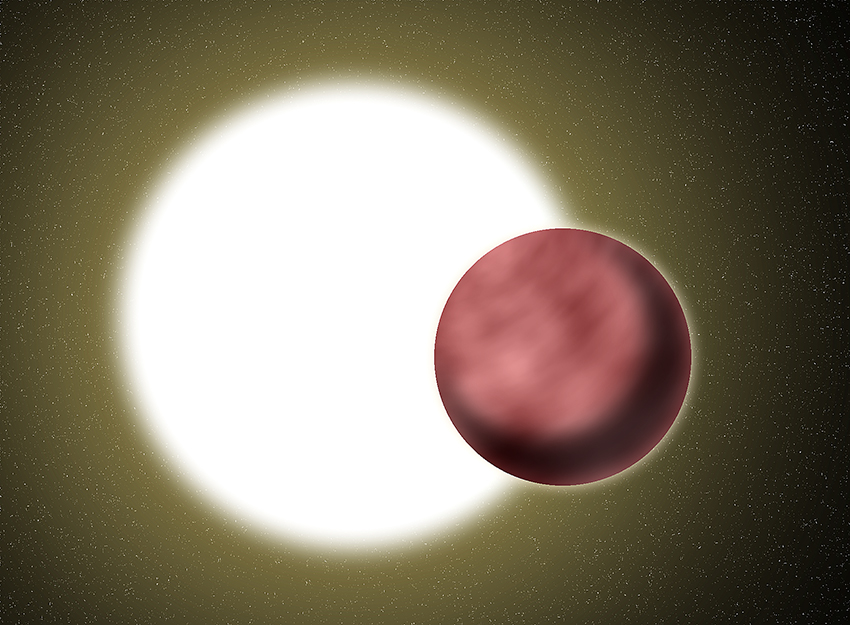UT astronomers have found a young giant planet that defies the basic concepts of astronomy.
CI Tau b, a planet recently discovered by astronomers from UT, Rice University, Wesleyan University and NASA, is only 2 million years old, but is already considered a giant planet. Jacob McLane, UT astronomy graduate student, said this is the first planet to reach such a size at a young age.
“Much of what we’ve studied for the past few decades has been based off the idea that planets form like those in our solar system,” McLane said.
Astronomers thought that planets in and outside our solar system were formed from interstellar gas and dust. The gas and dust are composed of different elements and arise when a star explodes or gets rid of its outer layer. A new star is then able to form from these old particles.
It was believed that when gas and dust combined and cooled while spinning around a star, the remaining cool matter became a planet. It takes roughly 10 million years for a planet to form but the gas and dust disperse after the first 2-3 million years, while planet formation continues.
McLane said that Cl Tau b is about 450 light years away, has a color more red than the Sun and takes nine days to complete its orbit around
its star.
The planet is already considered massive, but still has millions of years to continue growing.
“This really represents the first time we’ve potentially found a planet that is either fully formed really young or still in the process of forming,” McLane said.
The team narrowed their focus to CI Tau b after researching nearly 140 stars over the past 12 years. Planets orbit around stars, and in order to identify each planet, scientists measure the pull a planet has on its star.
The researchers used spectroscopy, a common method for discovering planets, to find CI Tau b. Spectroscopy measures light of various wavelengths emitted from the planet’s star and can tell researchers information about the star.
Daniel Jaffe, UT’s vice president for research, said that the star’s young age meant the team had to change their normal method of searching for CI Tau b. Immature stars typically emit varying amounts of light, making it hard to accurately measure visible wavelengths during spectroscopy. Instead, the team switched to a method of studying infrared wavelengths to better measure the star’s fluctuating light and examine the planet.
“This [planet] is just the first of what we hope is many more,” Jaffe said.
The team plans to continue watching Cl Tau b. There are many different routes that planets can take to get to their location and they hope to discover how this planet ended up on its current path. Jaffe said that broadening research and identifying even more stars will help explain how planets travel.
McLane said that CI Tau b will not be observable again until around November because the planet’s star is a part of a constellation only visible in the winter.
“[This discovery is] fundamental to our understanding of solar systems,” Jaffe said. “It’s still an enormous surprise to us that there’s such a variety of types of solar systems out there.”















